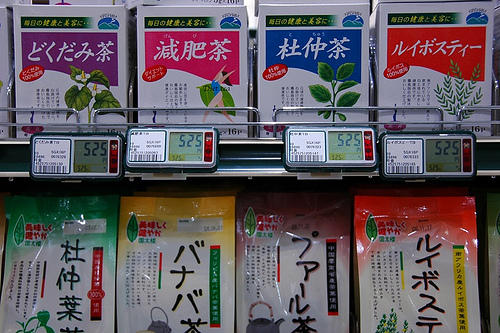Marketing techniques in a tourism organisation/Activities/Pricing
Objective
Understanding of the 4P's of marketing - Pricing
Activity
Exercises looking at two different forms of pricing techniques
- Cost-plus pricing
- Break-even pricing
and some pricing strategies eg. psychological, geographical
Task
Cost-plus pricing
Adding a standard mark-up to the cost of goods to provide a profit margin.
Cost + Mark-up = Sales Price
Formula
If a souveneir store adds a 60% mark-up to postcadrs which it purchases for $3, the selling price of each card would be:
$3 + 60% = Sales price
60% of $3 = $1.80, therefore: $3 + $1.80 = $4.80
$4.80 is the sale price with a 60% mark-up.
Exercise 1:
Calculate the sale price of the following items
Flight to Auckland (one way)
Cost: $230
Mark-up 20%
Tourist book
Cost $15
Mark-up 65%
Accommodation
Cost: $150
Mark-up 40%
- Remember to set your workings out as display in the example above.(Cost+ Mark-up=Sales Price)
Break-even pricing
All costs (production and marketing - fixed and variable) are taken into account when determining a break-even point.
- A fixed cost is one that doesn't change or hardly changes, no matter what the sales levels are eg. the cost of a pilot's salary is the same whether thirty or three hundred passengers are onboard.
- A variable cost is one that does change according to what the sales levels are eg. it costs more to feed three hundred people on a plane than thirty.
Number of units to be sold to break even = fixed costs
Rossini Pasta produces a variety of pasta meal packs. The meals are sold for $8 each. Fixed costs for the year were $35,000 and variable costs amounted to $3.50/meal pack. The meals that need to be sold to allow the firm to break even can be calculated as follows: Number of meals Rossini Pasta must sell to break even:
35,000 (fixed costs)
------------
($8.00 - $3.50) Product - variable costs
= $35,000
--------
$4.50 (True price of meal)
= 7778 meals
Exercise 2:
Starr Travel has decided to sell travel luggage with its promotional packages. Each set of luggage (two suitcases and a cosmetics bag) is worth $150. The fixed costs for the year amounted to $24,000 and the variable costs amounted to $22 per luggage set. How many luggage sets have to be sold to break even.
- Remember to show your formula for working the exercise out.
Exercise 3:
What strategies or adjustments for pricing are being used in all the examples below?
1. Natural New Zealand is a Timaru company exporting handmade cheeses and yoghurts to Australia. The products are delivered to the Port of Timaru and onto the ship. At that point, the company's Australian agen takes over responsibility for payment of insurance and freight.
- First name the option under geographical pricing which is being used?
2. Pure and Sweet have developed a range of soaps made from local organic products aimed at the tourism market. As the firm has secured orders from a number of supermarkets, it is keen to quickly gain good sales to ensure a long-term relationship with these outlets.
3. A travel wholesaler has put together a holiday package for September with Invercargill as the destination, especially local sites such as the Museum and Queens Park.
4. Karla and Greg went to Bali for a holiday. As they walked around Kuta they were approached by hawkers selling watches. When Karla asked the price of a gold replica Rolex watch, she was told it would cost her 15 rupiah. Karla decided not to buy it however as she walked on, Karla heard the same hawker telling an Australian tourist the same watch would cost 20 rupiah.
5. What pricing strategy would you be most likely to consider for your Bed & Breakfast business? Thinks about this.
Supporting Resources
Handout - Boaz, Alyse (2003) Marketing in New Zealand (2nd ed) Pearson Educaton
